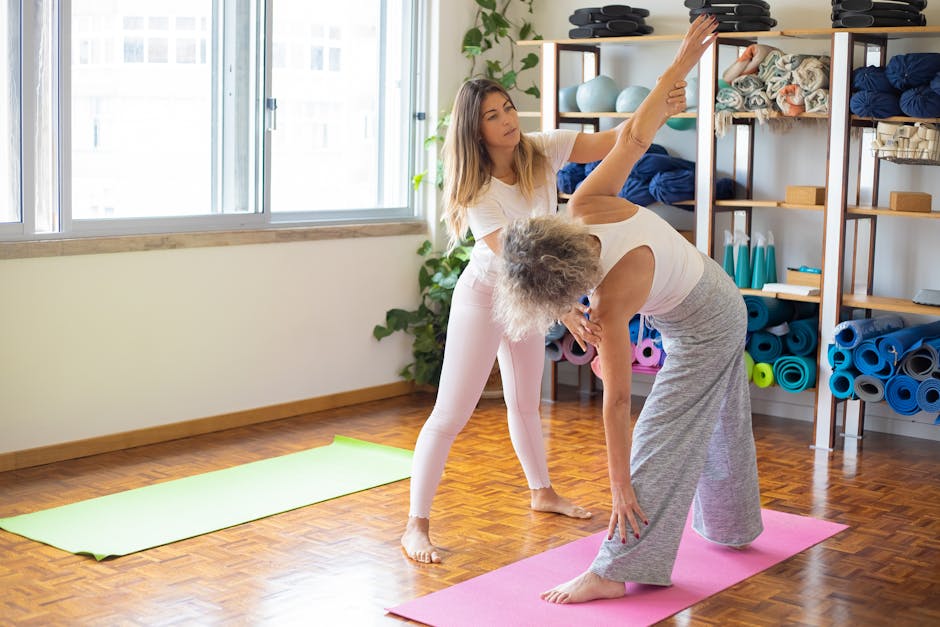Scientifically-Backed Mindfulness Exercises: A Comprehensive Guide to Improved Well-being
Scientifically-Backed Mindfulness Exercises: A Comprehensive Guide to Improved Well-being

Mindfulness, the practice of present moment awareness without judgment, has gained significant traction as a tool for stress reduction, improved focus, and enhanced mental well-being. While often perceived as a simple concept, the effectiveness of mindfulness is supported by considerable scientific research. This article explores a range of scientifically-backed mindfulness exercises, categorized for clarity and ease of implementation, offering a comprehensive guide for both beginners and experienced practitioners.
The Science Behind Mindfulness: Numerous studies, including research from reputable institutions like the Mayo Clinic and Harvard, have demonstrated the positive impact of regular mindfulness practice. These studies indicate that mindfulness can effectively alleviate stress, improve attention span, enhance sleep quality, and even mitigate symptoms of depression, chronic pain, and anxiety. However, it’s crucial to note that mindfulness is not a replacement for professional medical or psychological treatment. Individuals struggling with severe mental health conditions should seek guidance from a qualified professional before incorporating mindfulness practices into their routine.
Categorized Mindfulness Exercises: The following exercises are categorized for easier navigation and understanding. Each exercise includes a brief explanation of its mechanism and practical instructions.
I. Quick Mindfulness Exercises (Under 5 Minutes):
A. 5-4-3-2-1 Grounding Technique: This exercise anchors you to the present by engaging your five senses. Identify five things you can see, four things you can touch, three things you can hear, two things you can smell, and one thing you can taste.
B. Box Breathing: Inhale for a count of four, hold for four, exhale for four, and hold for four. Repeat for several cycles to regulate heart rate and reduce anxiety. Studies indicate this technique effectively reduces anxiety symptoms.
C. Body Scan Meditation: Bring awareness to different parts of your body, noticing sensations without judgment. This promotes body awareness and relaxation.
D. Mindful Listening: Fully engage in conversations, paying attention to the speaker’s words and nonverbal cues without interruption or internal dialogue. This enhances connection and empathy.
II. Longer Mindfulness Exercises (5-10+ Minutes):
A. Progressive Muscle Relaxation (PMR): Systematically tense and release different muscle groups to release physical tension and promote relaxation. Research demonstrates its effectiveness in reducing stress, anxiety, and depression.
B. Guided Imagery Relaxation: Visualize a peaceful scene to induce relaxation and reduce anxiety. The brain responds to imagery as if it were real, making this a powerful tool for stress reduction.
C. Mindful Walking: Pay close attention to the sensations of walking – the feeling of your feet on the ground, the movement of your body, the surrounding environment. This simple practice promotes both physical and mental well-being.
III. DBT-Informed Mindfulness Exercises:
A. Mindful Observation: Observe your thoughts and feelings without judgment, simply noting them as they arise and pass. This strengthens awareness and emotional regulation.
B. Radical Acceptance: Accept reality as it is, without resistance or judgment. This promotes emotional acceptance and reduces suffering.
C. Half-Smile Technique: A subtle half-smile can signal to your brain that you are calm and safe, influencing your emotional state.
D. STOP Skill: A four-step process (Stop, Take a breath, Observe, Proceed mindfully) to manage impulsive reactions in stressful situations.
E. Check the Facts: Challenge negative thoughts and assumptions by examining the evidence supporting them. This reduces rumination and anxiety.
IV. Group Mindfulness Exercises:
A. Mindful Storytelling: Share personal experiences within a supportive group setting, promoting connection and empathy.
B. Partner Meditation: Practice mindfulness with a partner, enhancing trust, communication, and emotional awareness.
C. Silent Group Walk: Walk together in silence, fostering a sense of unity and promoting inner calm.
D. Mindful Appreciation Circle: Express gratitude within a group setting, strengthening positive emotions and group bonds.
E. Mindful Sharing: Share thoughts and feelings in a safe and supportive environment, fostering empathy and emotional awareness.
V. Mindful Breathing Exercises:
A. 4-7-8 Breathing: Inhale for four counts, hold for seven, exhale for eight. This technique calms the nervous system and promotes relaxation.
B. Alternate Nostril Breathing (Nadi Shodhana): Alternate breathing through each nostril to balance energy and promote relaxation.
C. Resonant Breathing: Breathe at a consistent rhythm to regulate heart rate variability and reduce stress.
D. Belly Breathing: Deep, diaphragmatic breathing to promote relaxation and increase oxygen intake.
E. Humming Breath (Bhramari Pranayama): Humming during exhalation to activate the parasympathetic nervous system and promote calm.
VI. Additional Mindfulness Practices:
A. Mindful Journaling: Explore thoughts and emotions through writing, promoting self-awareness and stress reduction.
B. Loving-Kindness Meditation (LKM): Cultivate feelings of compassion and empathy towards oneself and others.
C. Gratitude Practice: Focus on appreciating positive aspects of life to enhance well-being and life satisfaction.
Conclusion: Mindfulness offers a powerful pathway to improved mental and emotional well-being. By incorporating these scientifically-backed exercises into your daily routine, you can cultivate greater awareness, reduce stress, and enhance your overall quality of life. Remember to consult with a healthcare professional if you have any concerns or pre-existing conditions.
Disclaimer: This content is aggregated from public sources online. Please verify information independently. If you believe your rights have been infringed, contact us for removal.